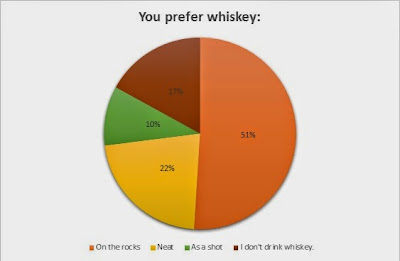Urban On is a unique mobile app for the clothing retailer,
Urban Outfitters. The app is the company’s version of a reward program, but not
really; a more accurate description of Urban On would be a social
networking-style app with multiple benefits. For example, Urban On gives users
a range of advantages, including advance notice on sales, early access to
in-demand merchandise, cool prizes through contests, and easy checkout.
While working as a sales associate at Urban Outfitters, I
noticed that there is an issue between the app and our store. Although Urban On
is simple to use and has all these great benefits, a majority of our customers
do not participate in the app; this is a serious concern. Our store has a very
low Urban On retention rate.
A low retention rate may lead to lower sales, which will
negatively affect our business, my job, and the company as a whole. I wanted to
prove that we have a low retention rate because customers are simply unaware of
Urban On and its benefits. They don’t participate because no one really
explained it to them. I curated ten questions and surveyed fifty customers to
find out.
"[Customers] would be more susceptible to download the app, knowing that they will receive an immediate benefit."
When it came to developing the survey questions, I wanted to
make sure that I was asking questions that would give me the most insight on
consumer behavior, but at the same time, the questions had to be
straightforward and simplistic for customers to easily comprehend.
- I opened with a question regarding the Urban On app, itself, and if customers were aware that such app even exists. Astonishingly, a majority of the respondents knew about the app; however, they have never downloaded it.
- Because one of the major perks of the app is the fact that it gives users early notifications on special sales and other promotions, I asked questions regarding how customers receive information. I found out that most people hate being sent promotion information via email. People hate spam!
- I asked questions about how often do customers visit the store. Urban On caters promotions based on what the customers purchase.
- I ended the survey with some questions that called for action. For example, my last question was, “If an Urban Outfitters employee showed you how to use the Urban On app to save money today, would that encourage you to download the app?” An overwhelming response said that they would be more susceptible to download the app, knowing that they will receive an immediate benefit.
In closing, the project was very helpful and the results
were very informative. My proposition to finding a solution to our low
retention rate is to take the time to explain Urban On to our customers.
Customers want the benefits of the app, but the idea of the app is foreign to
them because there is nothing out there similar to it. I propose that the sales
associates demonstrate the full benefits of the Urban On to customers on an
interactive level. Showing customers how they can save money while shopping at
their favorite store will result in more participation in the app.











